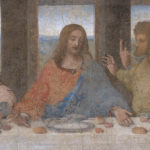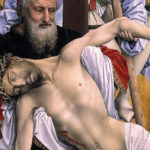
As Genesis, likely offered from the pen of Moses, is entirely appropriate as the opening book of Scripture, commonly identified as the Bible, so is The Revelation, given to us from the pen of the Apostle John, the fitting narrative closing the canon of Scripture. John makes clear that his message is not something from his own search in learning, but something given to him from God. It is up to the reader to interpret and generalize from the document to round out the understanding of the denouement of the story of the plan of God for the redemption of those electing his plan. It has a happy ending for those embracing the promises of God. His script was generated… Read more








